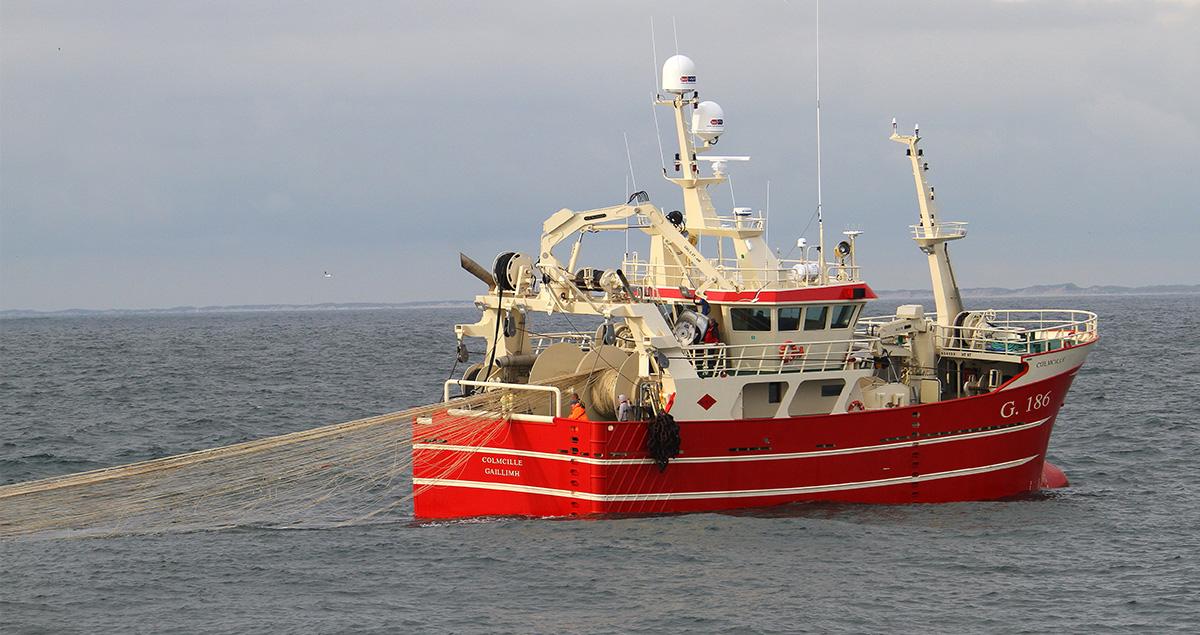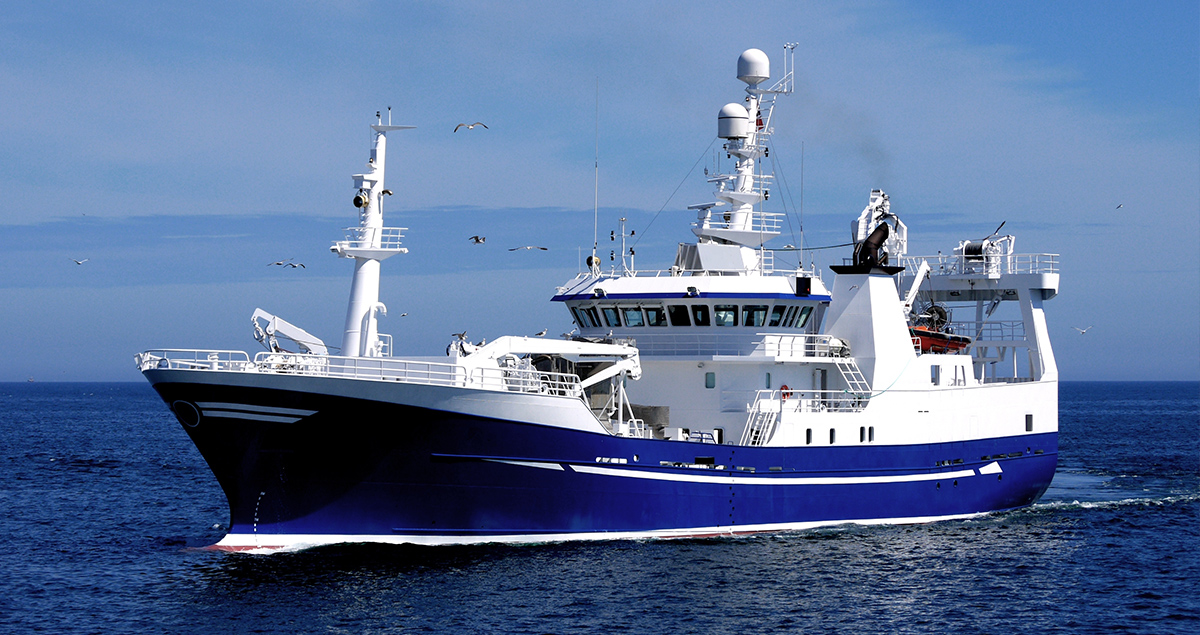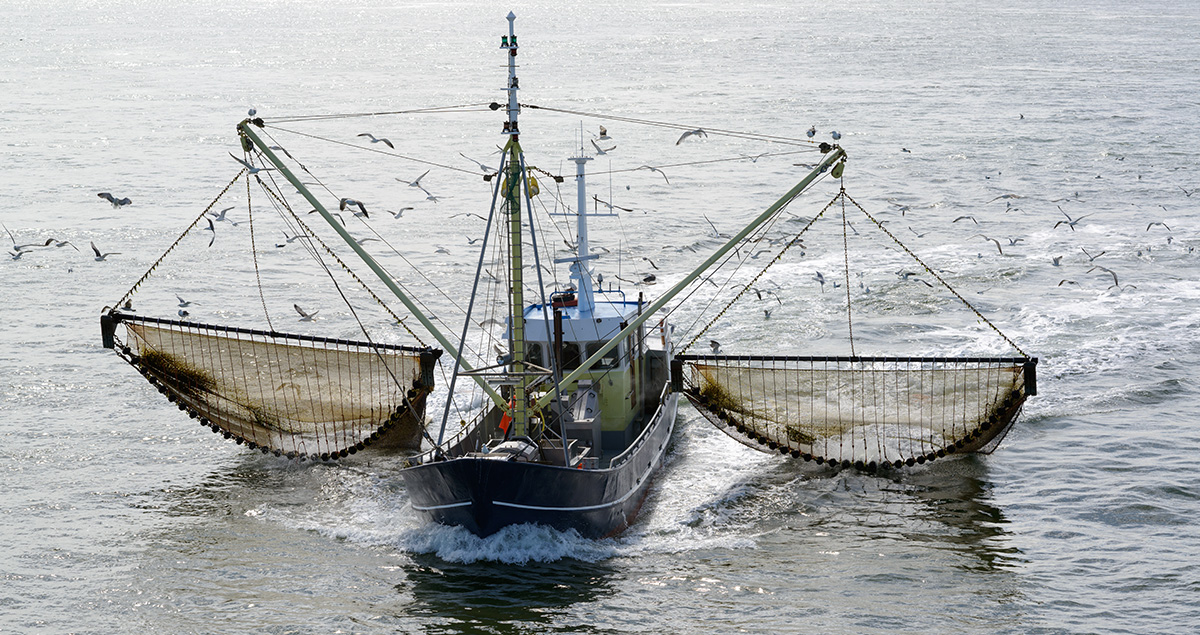These are the trends shaping fishing around the world

Fishing is a tough business – a fact brought home to a global audience by the TV show, Deadliest Catch. And the physical challenges of life aboard a trawler are only one side of the story: declining fish prices, rising fuel and maintenance costs for trawlers, and a slew of environmental regulations and policy decisions have left fishermen navigating through increasingly choppy waters.
The challenges of commercial fishing are made more demanding by the structure of the industry. Large commercial concerns do exist, but much of the industry is made up of small, family-owned businesses with few safety nets, if any, to guard against risks.
As well as the day-to-day issues fishermen face when taking a boat to sea, world events like the 2008 financial crisis can have a dramatic impact on demand for the catch. Fish is seldom considered a basic food in western markets and it can easily slip from people’s shopping lists during hard times.
New amendments to the International Maritime Organization’s (IMO) MARPOL Convention, which come into force in 2021, set strict requirements for fishermen who upgrade, or replace, their existing trawler. But vessel owners need to invest in new trawlers and technologies in order to find more sustainable fishing methods.

Open water
The IMO regulations aim to reduce harmful exhaust gas emissions from trawlers, ships and freighters powered by internal combustion engines. Four Emissions Controlled Areas have been established by the IMO, regulating coastal North America, and parts of the Caribbean, North and Baltic seas.
Once the new regulations take effect, marine vessels operating in the North Sea and Baltic Sea will be subject to a 2 gram per kWh cap on NOx emissions, which are produced from the reaction of nitrogen and oxygen gases during combustion.
In addition, 2020 will see the introduction of a global sulfur cap of 0.5% on all shipping and a reduction to a 0.1% cap in the IMO Emission Controlled Areas.
Although such moves target the wider shipping industry, they have serious repercussions for independent fishermen.
Net gains
Fishing boats are expensive to load with supplies and fuel, as well as to maintain and operate, so complying with regulatory changes can leave fishermen facing some tough choices.
There are a several ways to lower exhaust emissions, including adopting new fishing methods and switching the boat’s power unit to run on alternative fuels or supported with an after-treatment system. Alternatively, fishermen can invest in new hull designs that reduce water resistance.
Trawler owners must weigh up the cost of adapting their existing boat, against the greater expense of buying a newly-equipped vessel. While repairing or upgrading existing equipment involves lower initial outlay, this course of action can prove more expensive in the long run.
New vessels are more cost effective and reliable, reducing operation and maintenance cost. Consistently bringing a boat back to port on schedule maximizes catch earnings and reduces the crew’s downtime between fishing trips.
While investing in a new engine has many benefits, fitting a boat with new fishing equipment can be a big commitment for small operators. Policy changes and new fishing techniques can transform the industry with little warning.
For example, boat owners who were quick to adapt their vessels for pulse fishing – a trawling technique that uses small electric shocks to jolt fish from the sea floor and drive them upwards into floating nets – may question their investment in light of the ongoing debate about this controversial practice.
This is also a major concern for those fishing within European Union waters, following the EU’s decision to approve banning electric pulse fishing from 2021.

Caught up in change
Modern fishing vessels are designed to maximize catch efficiency, while reducing the amount of unwanted bycatch, but the ocean’s resources are coming under increasing pressure from overfishing.
Legislative emphasis has been placed on maintaining future fish stocks and ensuring the fishing industry complies with sustainable practices. Access to global fishing grounds is strictly regulated.
To help both fishermen and regulatory bodies monitor fleets and ensure they comply with the rules, new technology has created an interactive map, showing near real-time movements of individual vessels and fishing fleets around the world.
Using advanced satellite technology and machine learning, the Global Fishing Watch algorithm can identify over 70,000 fishing vessels, and determine the size, engine power and fishing type of each boat, where it fished and for how long.
But not all fish production is monitored by the tracker. Globally, according to World Bank figures, more seafood is now farmed than fished.
In some regions going to sea has been replaced by capture farms, where fish, shellfish and seaweed are bred in penned-off enclosures. This type of aquaculture is particularly prevalent in East Asian countries, where stocks are farmed to supply local seafood markets.
Structural changes like aquaculture add to the uncertainties facing today’s fishing fleets. But whatever obstacles the industry encounters, it is essential that governments, policymakers and fishermen work towards establishing sustainable fishing practices, to safeguard future fish stocks and protect marine environments.





